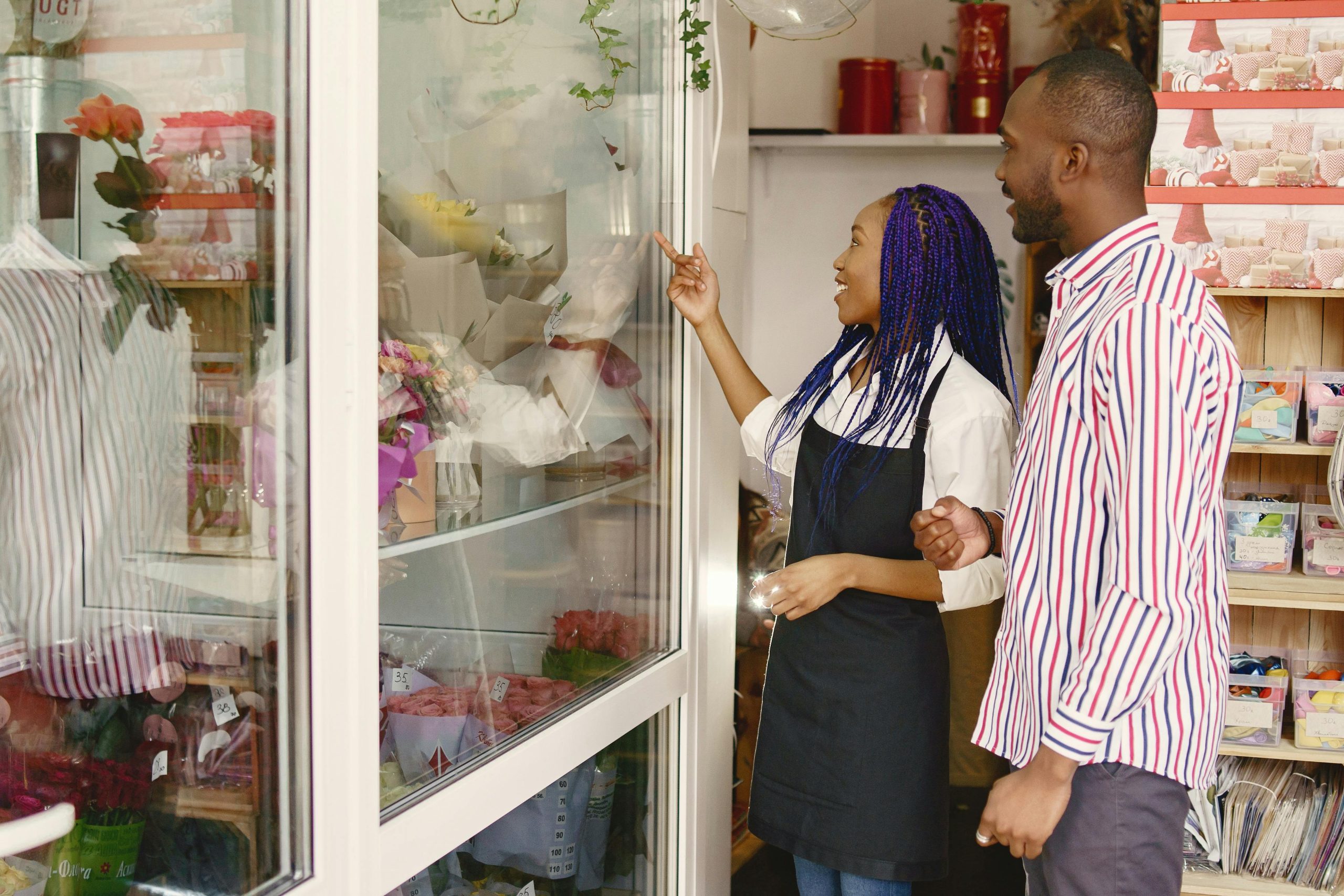Transforming Communication: How GPT Became My Relationship Ally
In the ever-complex landscape of relationships, understanding one another’s emotional needs can sometimes feel like navigating a maze. For many, the discovery of attachment styles can illuminate the shadows of communication, offering clarity where there once was confusion. Recently, I’ve found myself utilizing AI—specifically GPT—as a bridge in my communication with my girlfriend, and it has truly transformed our connection for the better.
My girlfriend and I have been together for six years, and she identifies as having a fearful-avoidant attachment style. This understanding has been a revelation. Before learning about attachment styles, I often felt overwhelmed by her emotional responses, leading to misunderstandings and frustration. However, by inputting her reflections into GPT, I gained insights into her underlying feelings and needs, which has proven invaluable.
A Real-Life Example of Communication Improvement
To illustrate, let me share a poignant moment from our recent exchanges. My girlfriend expressed her feelings in a manner filled with vulnerability:
“I love you. I love what we once were. But I think neither of us love what I have become. I’m a wreck from everything that has happened and I don’t know what to do. I’m sorry. I thought talking to you about my needs would help, but I still don’t know how to feel better and safe again. I’ll take all the blame. I thought I could face this. But I don’t want to come home. I don’t know how to face the mess I’ve made of my life even after this reset.”
After processing her words with GPT, I received a thoughtful analysis that reframed her message:
“This heartfelt expression is a profound signal of her struggle rather than a rejection of you. She isn’t distancing herself because she doesn’t care; instead, she’s overwhelmed by self-doubt and fear, feeling unworthy of love in her current state. At her core, she’s grappling with feelings of grief over her lost identity and a paralyzing sense of helplessness. The self-blame she expresses is a way to sidestep deeper intimacy and accountability, a typical reaction for someone with a fearful-avoidant attachment style.”
Crafting Your Response with Empathy
Armed with this understanding, I could respond with compassion and clarity, while also safeguarding my own emotional health. This process not only enriched my comprehension of her pain but also helped me frame my feelings without causing further distress.
The impact of

